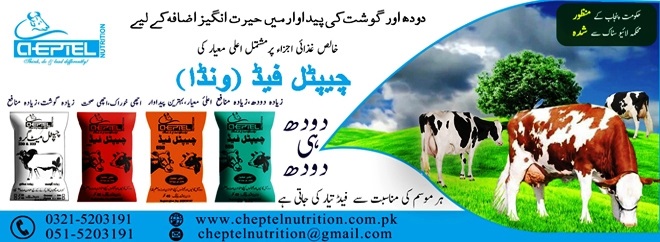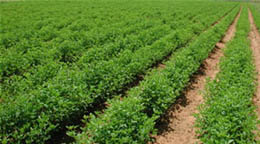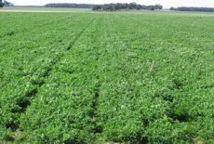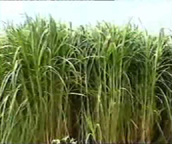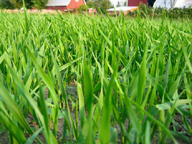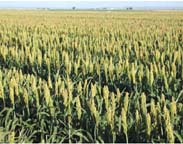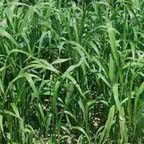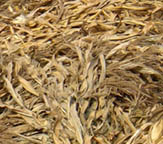 |
Home || Our Team || Dedication || Acknowledgement || Downloads || Articles || Site Map || References || Contact Us || Feedback
![]()
|
||||||
| Record Keeping | ||||||
|
||||||
|
|||||||||||||||||||||||||||||||||||||||||||||||||||||||||||||||||||||||||||||||||||||||||||||||||||||||||||||||||||||||||||||||||||||||||||||||||||||||||||||||||||||||||||||||||||||||||||||||||||||||||||||||||||
|
Roughages are plant material in a fresh dried or ensiled state which are bulky and fibrous in nature and normally contain higher percentage of crude fibre (18%) and low percentage of TDN (less than 60%). There are two types of roughages including green roughages and dry roughages. Green Roughages: |
|
||||||||||||||||||||||||||||||||||||||||||||||||||||||||||||||||||||||||||||||||||||||||||||||||||||||||||||||||||||||||||||||||||||||||||||||||||||||||||||||||||||||||||||||||||||||||||||||||||||||||||||||||||
|
Fodders, forages, range grasses, sugar cane tops, and tree leaves are the examples of green roughages. Green roughages are high in moisture content, easily digestible and are commonly used for the feeding of dairy animals. Pasture species which are naturally growing are called forages while those which are cultivated are called fodder. There are two types of fodders depending upon the amount of protein present. These include leguminous fodder and non leguminous fodder. Leguminous fodders are higher in nitrogen/protein content because they have the ability to utilize the environmental nitrogen with the help of nitrogen fixing bacteria present in their roots. On the other hand non leguminous fodder have no such ability so they are low in nitrogen content. Important legume fodders are barseem, lucern, shaftal, soyabean and cowpea. Non leguminous fodders include many cereal fodder crops such as maize, sorghum, millet and oats. Rhods Grass and Ryed Grass are also important fodders for commercial dairy farming.
On
the basis of growing season green fodders in Pakistan are classified
as Rabbi fodders and kharif fodders. Rabbi fodders are grown in
November and December and include barseem, oats, barley,
mustard/rape seed, lucern and sugar cane etc. Kharif fodders are
grown in May-June and include sorghum, millet, mott grass,
sadabhar, guar, jantar, sugar beet tops.
Dry Roughages:
When the grain portions of the crops are removed, remaining dried plant material are straws and stovers. They consist mostly of stems and leaves. These may also be termed as crop residues. These are low in protein, high in fibre, less digestible, low in minerals and cannot be consumed in large quantities by the animals. Therefore they are classified as poor quality or low quality roughages. The commonly available straws and stovers in different areas of Pakistan are wheat straw, rice straw, barley straw, chickpea straw, moth and moung straw, and soyabean straw, maize stovers and sorghum stovers.
Hulls are the outer hard coverings of grains which are obtained as
by product during seed processing. Cottonseed hulls are commonly
used for livestock feeding in some parts of country. Seeds broken in
processing are mixed in with the hulls to increase their nutritive
value. Rice hulls are also abundantly available but they are of
extremely poor quality.
Nutritive Values of Roughages
|
|||||||||||||||||||||||||||||||||||||||||||||||||||||||||||||||||||||||||||||||||||||||||||||||||||||||||||||||||||||||||||||||||||||||||||||||||||||||||||||||||||||||||||||||||||||||||||||||||||||||||||||||||||
|
Copyrights © Dr. M Jassar Aftab, All Rights Reserved |
|||||||||||||||||||||||||||||||||||||||||||||||||||||||||||||||||||||||||||||||||||||||||||||||||||||||||||||||||||||||||||||||||||||||||||||||||||||||||||||||||||||||||||||||||||||||||||||||||||||||||||||||||||


